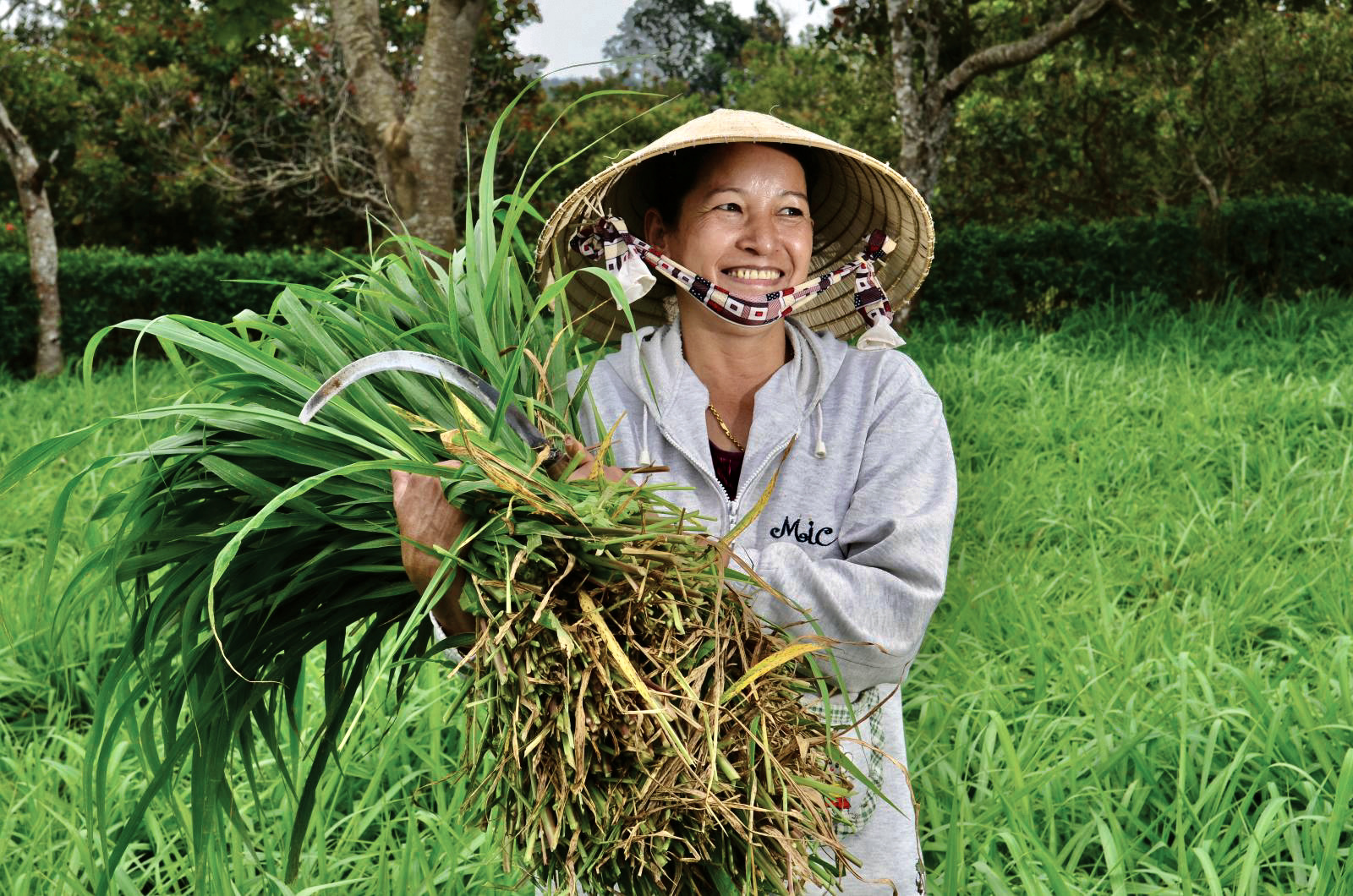Forages
Tropical and sub-tropical forage genetic resources comprise a large number of mainly legume and grass genera and species that are used in the development of feed systems for large and small scale animal production, or have been collected with this potential in mind. They are critically important for the supply of feed in both extensive and intensive livestock production systems globally.
Key centers of diversity for legume forages are Central and South America and the Caribbean, and sub-Saharan Africa (SSA) for grasses, although there are several exceptions to this rule. Some of the most important legume genera, such as Stylosanthes, Leucaena, Desmodium, Centrosema, and Gliricidia, are primarily American, while important grass genera, such as Urochloa (syn. Brachiaria), Pennisetum, Megathyrsus (syn. Panicum) and Digitaria are predominantly from sub-Saharan African. The exceptions include the grass genera Paspalum and Tripsacum, which are American, and the legume genus Vigna, which is mostly African in origin, and a number of significant legume genera and species of Asian origin (the genus Pueraria and several species of Desmodium or closely associated genera). A number of important grass genera have both African and Asian distributions (e.g. Cenchrus and Bothriochloa).
Current research on forages focuses on improving livestock feed. This translates to higher, and better quality, meat and milk production, and thus helps farmers to raise their incomes. In addition, forages can be used to restore degraded lands, increase carbon sequestration, and reduce greenhouse gas emissions. A global strategy for the conservation and utilization of tropical and sub-tropical forage genetic resources was published in 2015.

